Times Square Scene (Vanilla Sky)
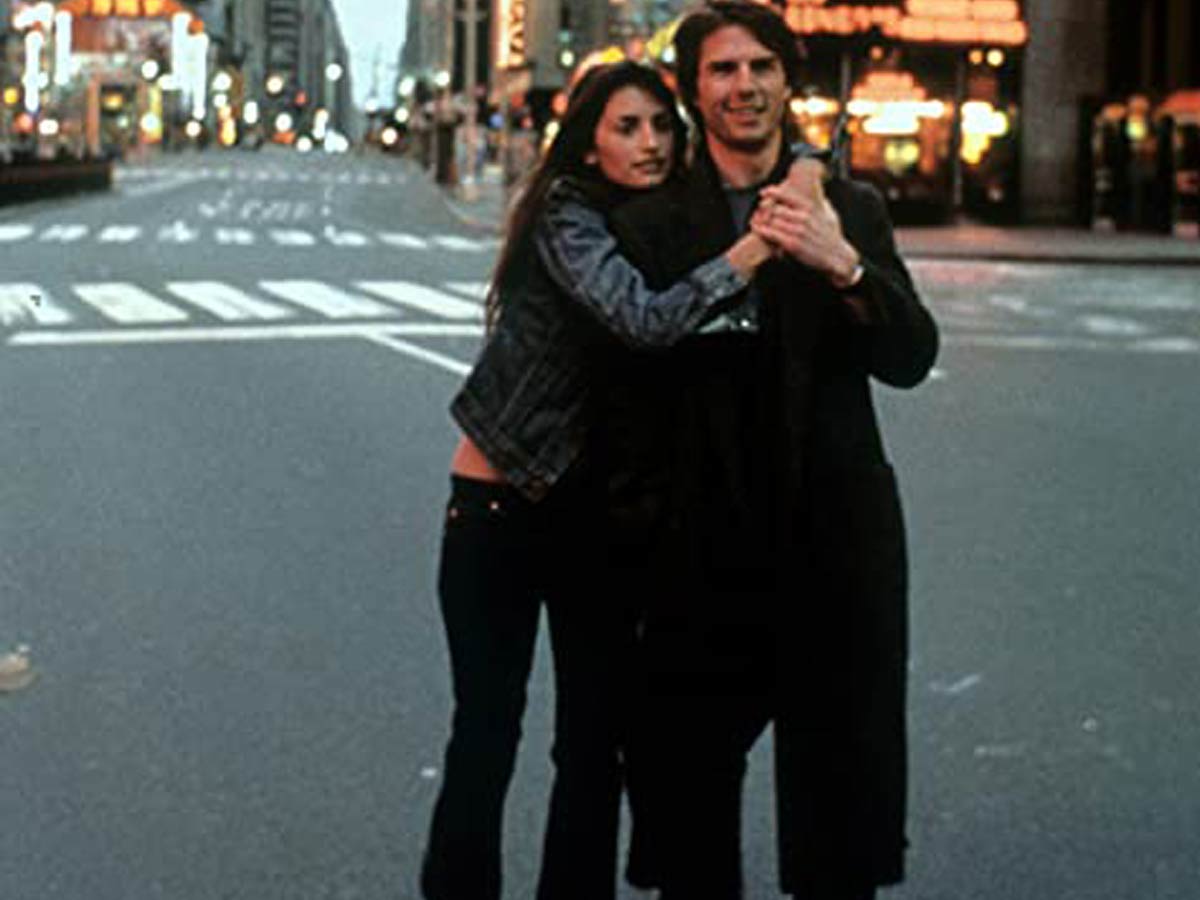
Reported Cost: $1 million for 30 seconds
Shutting down Times Square is no easy feat, but it's doable if you’re Cameron Crowe and Tom Cruise. It’s important to know that absolutely no CGI was used in the making of the film and that these 30 seconds of the film provide the central concept in the narrative.
Tom Cruise provides an iconic performance in those 30 seconds, looking bewildered, unsure, and quite amazed. It’s the kind of thing he was once known for long before the death-defying stunts in the Mission Impossible series.
Bridge Collapse (I Am Legend)
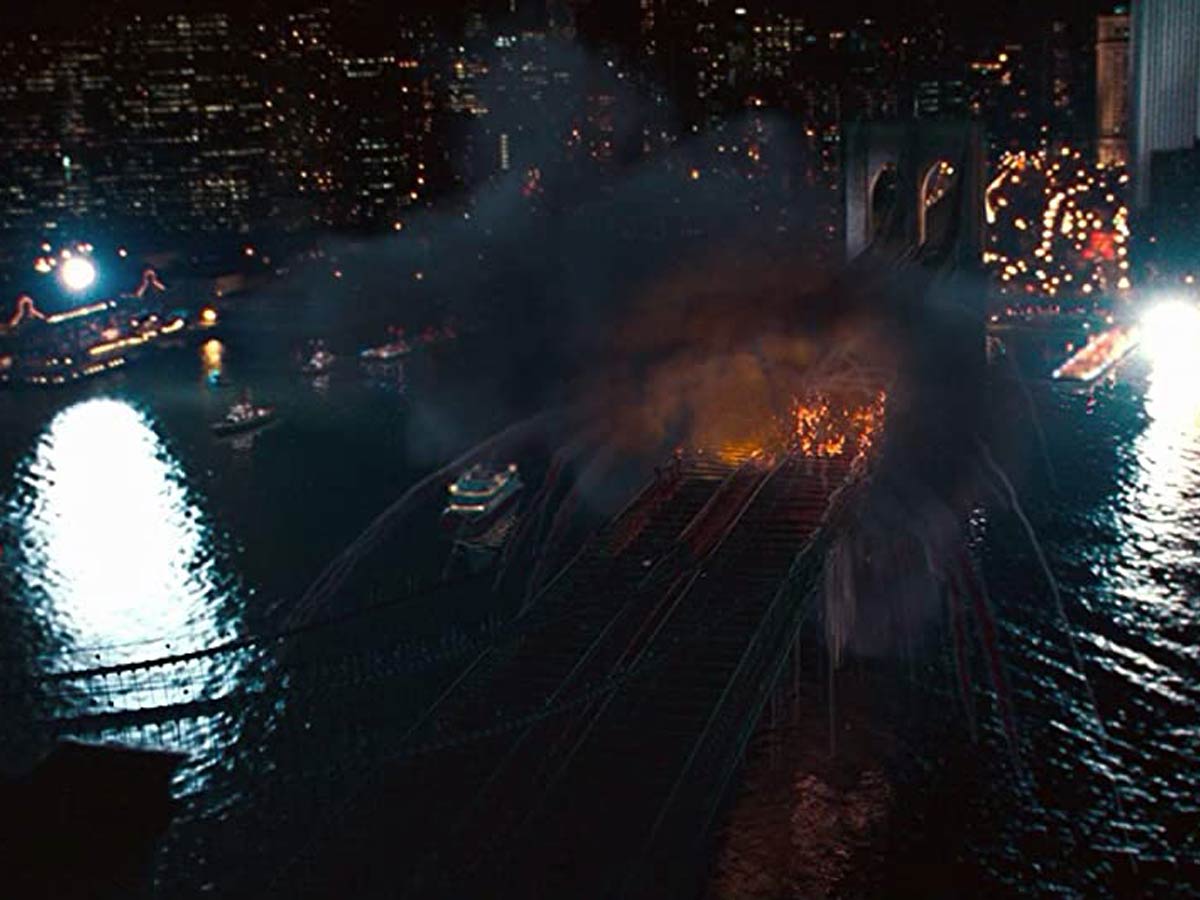
Reported Cost: $5 million
A post-apocalyptic NY sets the backdrop for Will Smith as he tries to find a cure for the disease that has turned humanity into monsters. However, a substantial chunk of the budget for this movie was allocated to the evacuation scene and ultimate bridge collapse that was shot on location for six nights, requiring the cooperation of 14 government agencies and over 1,000 extras.
Will Smith slays in these flashbacks, reliving the death of his wife and daughter. The emotion is real and palpable--and some of Smith’s best work includes no lines at all. Robert Neville is a great virologist, but Will Smith is the real deal.
Car Chase in Rome (Spectre)

Reported Cost: $32 million
The only thing more famous than James Bond’s girls or how he likes his drink is the ubiquitous, tricked-out Aston Martin that he drives. And in Spectre, they spare no expense at completely destroying cars--totaling 7 of the 10 DB10’s at the cost of $32 million. Now that’s a lot of hubcaps!
The dashing Daniel Craig did quite a bit of stunt work in the driving sequences, which required a significant amount of time training behind the wheel. The Aston Martin DB10’s were only produced for the movie, and seven were destroyed!
Return to Krypton (Superman Returns)

Reported Cost: $10 million
Bringing Superman back to the big screen was expensive, especially since it's been done a time or two. While Singer’s vision of Krypton was unique, he deemed it necessary to create Superman’s home planet. However, the CGI sequence is slow-paced and underwhelmed the WB execs, so much so that it was cut from the final movie. That’s a lot of moolah for nothing.
Brandon Routh donned the blue and red, making somewhat of a movie debut if you don’t count Christina Aguilera’s 1999 music video “What a Girl Wants”. Other actors considered for the role included Nic Cage, Josh Hartnett (who turned it down), and Henry Cavill, who eventually got his turn in the cape.
Freeway Scene (The Matrix Reloaded)
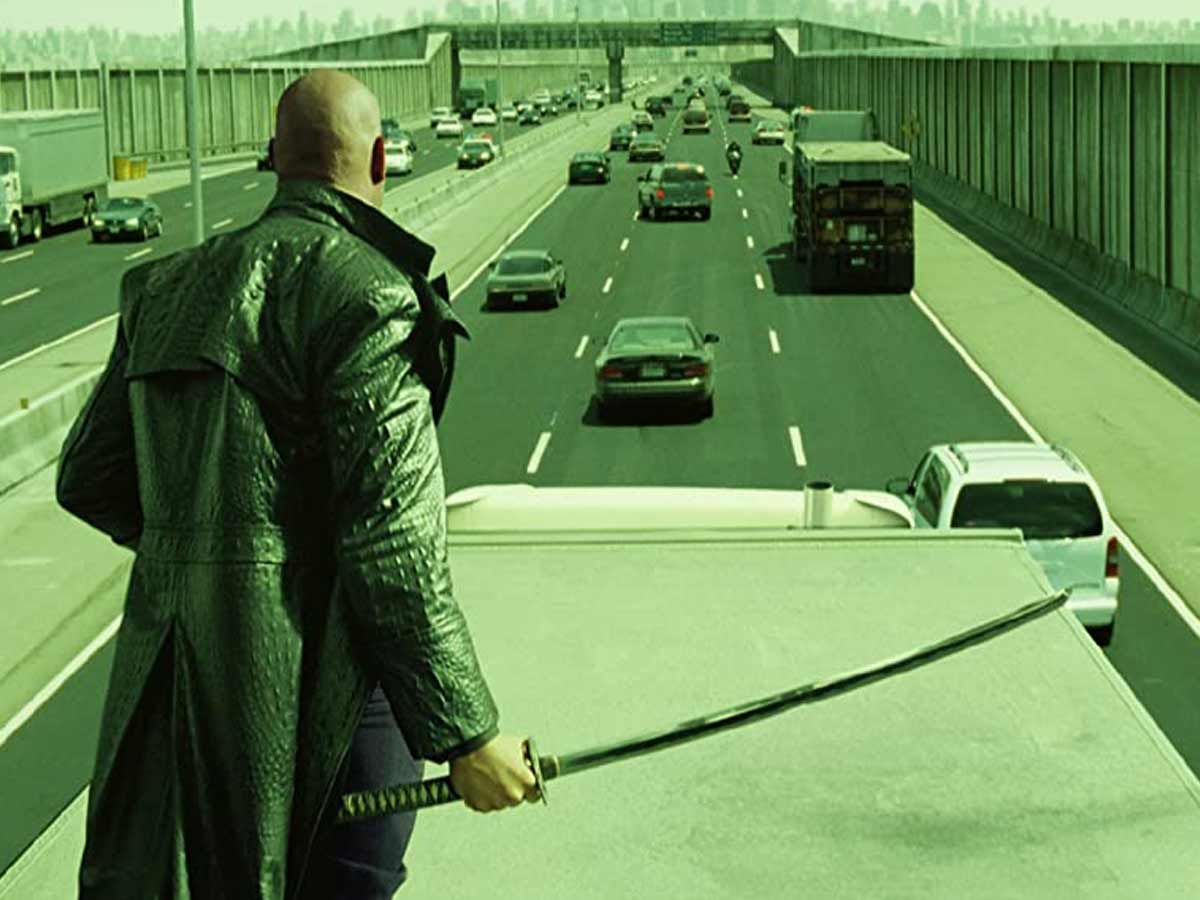
Reported Cost: $5 million
There’s no denying that the Matrix trilogy was some of the most spectacular filmmaking ever done. And it’s important to note that the sequels were shot together, minimizing production costs as everyone was already there. The result is 20 minutes of the most over-the-top, physics-defying car chases in modern cinema history. Over 100 cars were destroyed, but back then, $5 million went a lot farther on film than it does today.
At the time of filming, no one knew exactly how big the trilogy would become or how Keanu Reeves, Laurence Fishburne, and the time-bending Hugo Weaving would create such an indelible mark on Hollywood and stunt filming, especially as they all trained to do their own stunts.
D-Day Landing (Saving Private Ryan)

Reported Cost: $12 million
In portraying one of the deadliest wars in history, where the casualties are estimated to be over 56 million lives, the D-Day landing proved to be equally brutal as the largest seaborne invasion in history. At 25 minutes, the opening scene shows what many believe to be the toughest (and most expensive) moment in cinema history. It took 4 weeks to shoot with over 750 cast members. Veterans agreed that it was the closest to the hell they survived that day.
Tom Hanks led an all-star cast that included Ed Burns and Tom Sizemore to find Matt Damon through blood, bullets, and rough terrain. All went through rigorous training by Marine veteran Dale Dye in order to accurately depict the mission carried out.
Junkyard Scene (Transformers: The Last Knight)
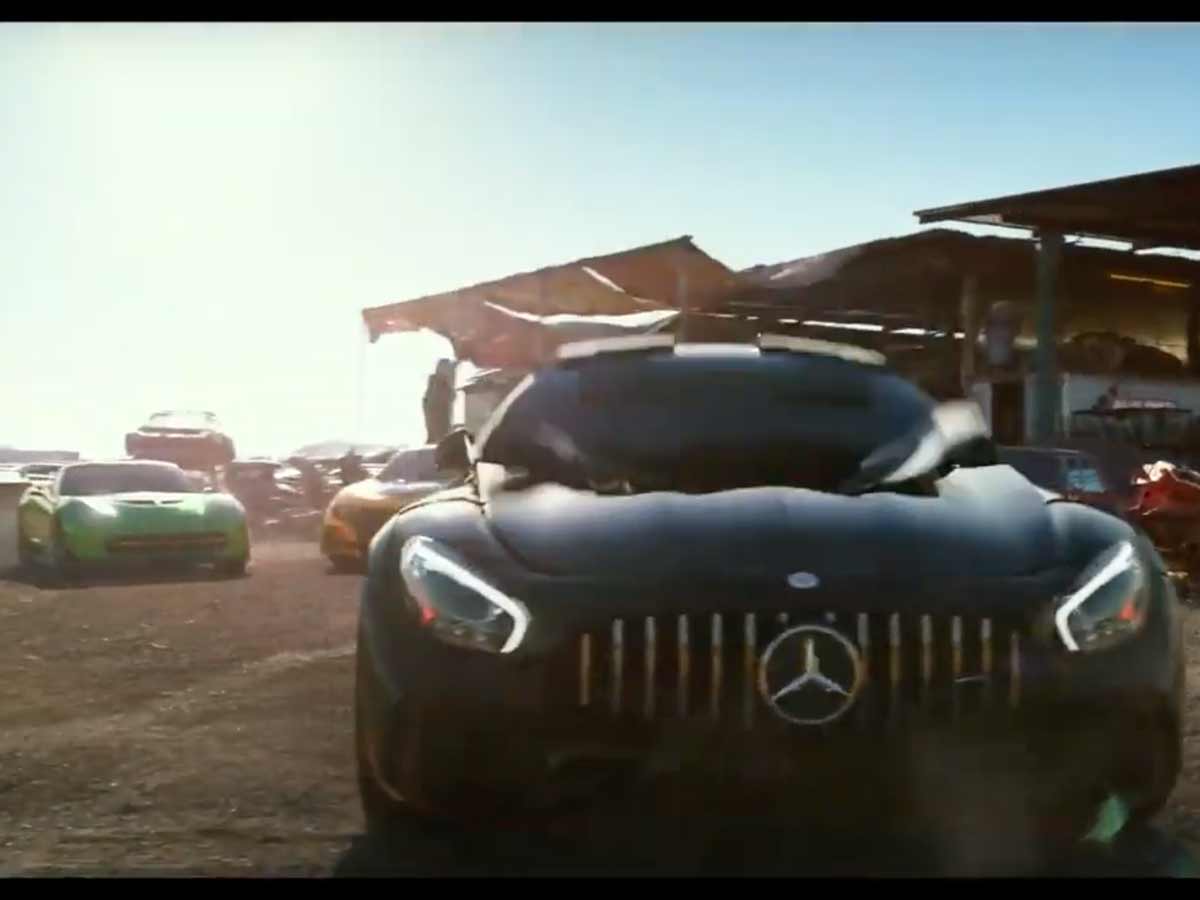
Reported Cost: $15 million
America loves big robots and the fifth installment in the Transformers series didn't disappoint in that respect. While poorly reviewed, the 2-month location set and 10 days of actual shooting created a showstopping scene in an Arizona junkyard. In an epic battle between Decepticons and the Autobots, only the brave (and super hyped up) survive.
As LaBeouf had departed the series by this time, it was up to Mark Wahlberg, Stanley Tucci, and Sir Anthony Hopkins to carry the series over the finish line--even if it was a dismal one. The film netted 8 Razzie Awards, including a nod to all three actors.
Cruise Ship Crash (Speed 2)

Reported Cost: $25 million
Before you start shaking your head, it’s worth noting that Sandra Bullock is the unluckiest actress in history in starring in this sequel-flop of a film. However, that didn’t stop the director from spending $15 million on a 300-ton replica ship, maneuvered on a 1,000-foot track to crash into Saint Martin. The entire five-minute scene comes out at $83,000 a second; the original Speed cost only $30 million to make.
Jason Patric tried to fill Keanu’s shoes, but they proved to be a bit big in the sole, and Sandra did her best, albeit not quite up to snuff. Willem Dafoe is a great baddie, and his talent was wasted in the film--which earned 8 Golden Razzies.
Chariot Race (Ben-Hur)

Reported Cost: $4 million
The most iconic, 9-minute chariot race in cinema history happened in 1959 and required more than 200 miles of racing track, five years of planning, 300 sets, and thousands of extras. Shot over 10 weeks, Ben-Hur became one of the highest-grossing films ever. If you’re adjusting for inflation, in today’s dollars, you’re looking at $34 million, which puts it on the higher end of this list.
The story goes that dozens of takes were needed to create the iconic scene, and Charlton Heston had to rest in between chariot shooting days due to the strenuous filming requirements and dangerous stunts.
Battle of Borodino (War and Peace)
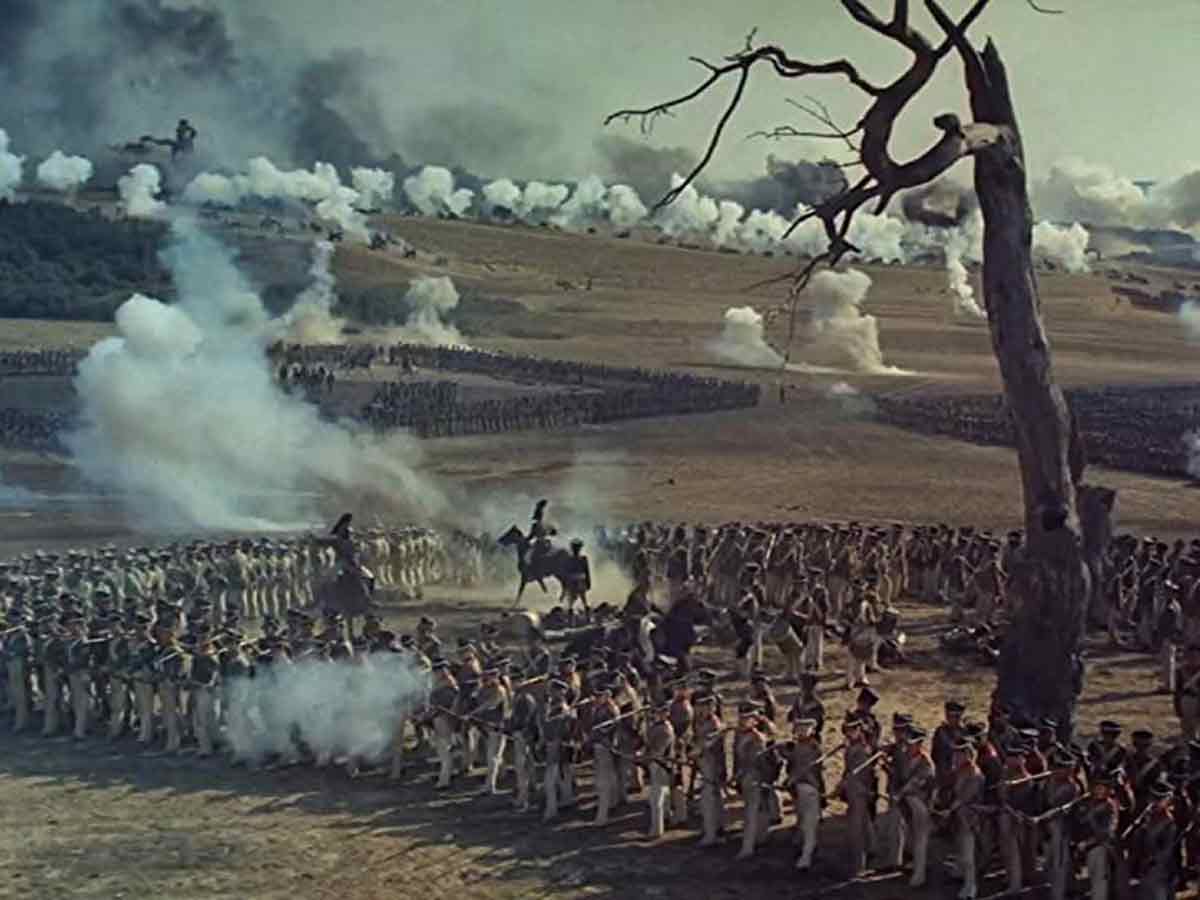
Reported Cost: $20 million
No one knows for sure, but the production costs for this series ran approximately $336 million--due to the cost of props, costumes, and over 100,000 extras. Shot in Russia and lacking any CGI, the production was reliant on practical methods and filming to capture Napoleon’s hour of bloody battle that faithfully follows the book.
As a film series, the film sold over 135 million tickets in the USSR, making it one of the most impressive and expensive films to come out of the Soviet Union. It also picked up the Oscar for Best Foreign Language Film and is often considered the grandest epic film ever made, reportedly costing $100 million to make in total.
Krypton Scene (Superman: The Movie)
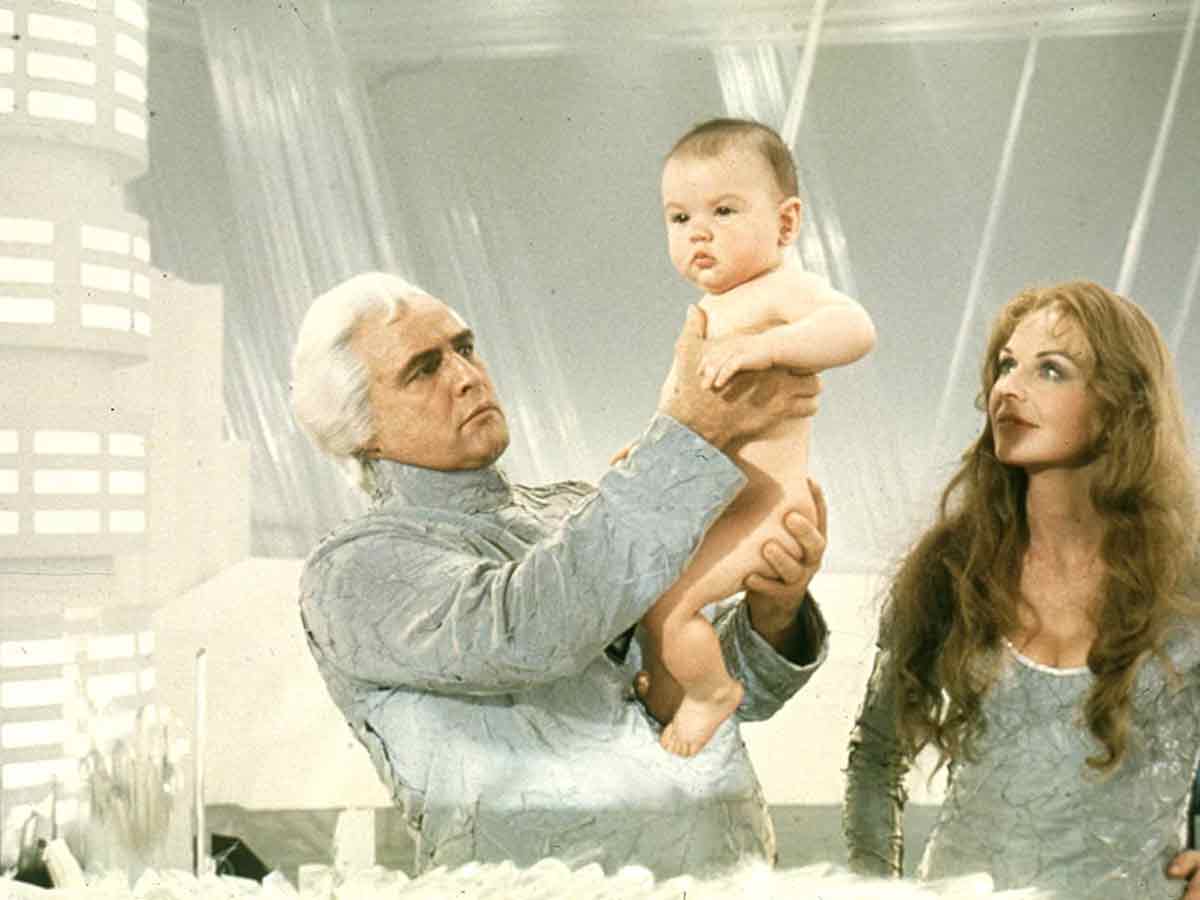
Reported Cost: $19 million
Now you may be scratching your head trying to figure this out, since special effects were in their infancy and Christopher Reeve’s flying was limited at best. But it’s not the special effects or the flying that cost the movie so much. It’s the addition of one actor for 10 minutes that ran up the cost. Marlon Brando received $3.7 million to appear and an additional $15 million in profits. That’s a lot of cannoli!
Brando was fresh off his Godfather appearance and commanded high prices, but the studio was willing to ante up. Even more incredible is that he received top billing over Gene Hackman, Ned Beaty, Jackie Cooper, and stars Christopher Reeve and Margot Kidder.
Bombing of the Harbor (Pearl Harbor)

Reported Cost: $5.5 million
If you’ve ever heard of Michael Bay, then you know that the bombing of Pearl Harbor in his film was as spectacular as it could be. There are no computer-generated graphics--Bay relied on old-fashioned effects...and a lot of them. Over 700 sticks of dynamite and 4,000 gallons of gas were used to properly annihilate six inactive Navy ships. Taking over a month to set up and 12 cameras to film, the scene lasts 40 minutes.
Buddies Ben Affleck and Josh Hartnett made the ladies swoon while Kate Beckinsale provided the perfect foil for the gentlemen in question. If you’re looking hard enough, you’ll see the delightful yet mostly unknown Jennifer Garner and Jon Voight.
Funeral Scene (Avengers: Endgame)

Reported Cost: Every MCU/Avenger’s salary for that movie
It’s not always the over-the-top flashy scenes that cost so much. In the case of Avengers: Endgame, it was literally the last scene of the movie at Tony Stark’s funeral. Despite the fact that it's not an action-packed scene, it still cost a small fortune to film thanks to all the big names featured in it.
The entire MCU turned out at the funeral and included cameos by the kid from Iron Man 3, as well as Pepper Potts and Tony’s daughter. The shots are so raw and real because the actors had NO idea they would be mourning. Even the Avengers can’t always catch a break.
Flying Bus Scene (Swordfish)

Reported Cost: $15 million
The Swordfish scene where a helicopter carries a bus wasn't just expensive--it was also pretty dangerous! The bus weighed almost as much as the copter, meaning that any heavy wind could send it all crashing down. Much of the final scene was cut due to 9/11, and most of this jaw-dropping scene ended up on the cutting room floor.
John Travolta, Hugh Jackman, and Halle Berry all starred in the film, but it was overshadowed by the events of 9/11 as well as a lackluster performance from Travolta. The movie earned Razzie Awards and is one of the least viewed on this list.
Jitterbug Dance (The Wizard of Oz)
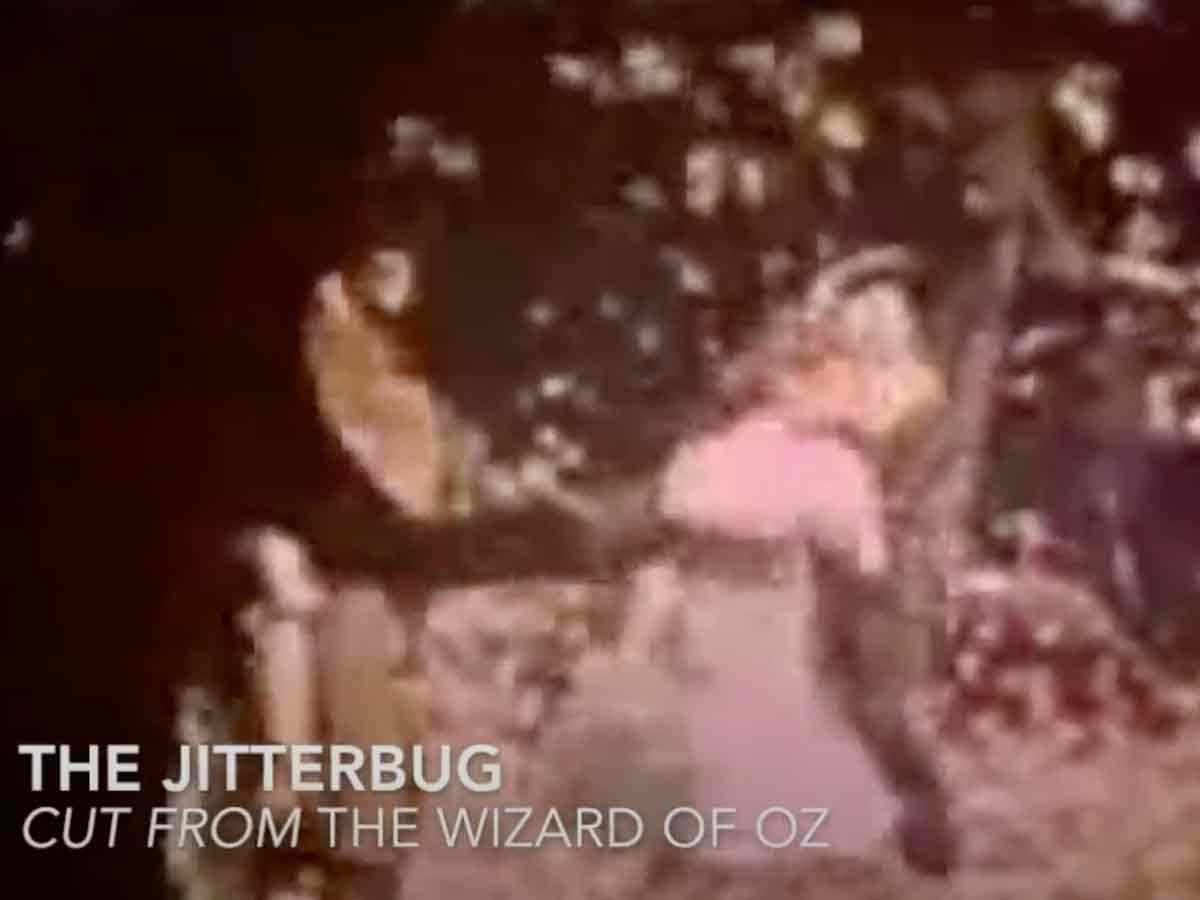
Reported Cost: $80,000
While this scene eventually got cut, it ended up being one of the most expensive in the movie. There was a scene in Wizard of Oz depicting blue and pink mosquito-like creatures that attacked Dorothy upon the command of the Wicked Witch. This was followed by a 6-minute dance sequence, which took five weeks to complete. However, the entire scene was omitted and never hit the screen, leaving the flying monkeys to do the heavy lifting.
Judy Garland and Margaret Hamilton’s interactions as Dorothy and Wicked Witch of the West were so intense that the set became uncomfortable. It’s interesting to note that in fact, that while the other actors shunned young Judy because they felt upstaged, it was Margaret that showed kindness which developed into a lifelong friendship for the duo.
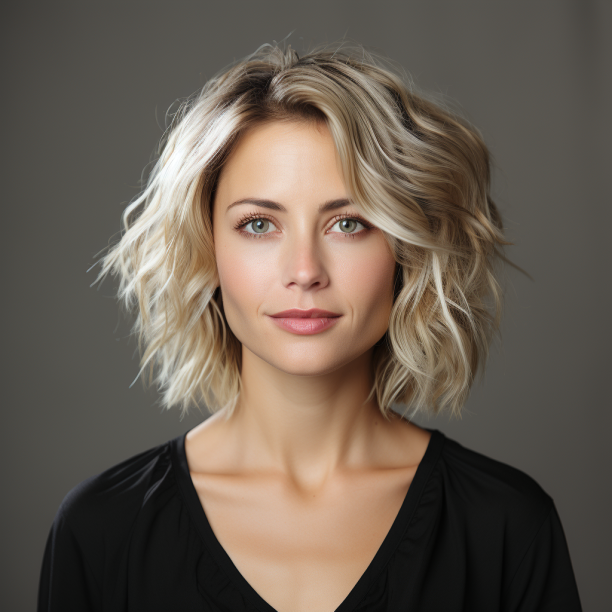 Author
Rachel Downs
Last Updated: January 02, 2024
Author
Rachel Downs
Last Updated: January 02, 2024